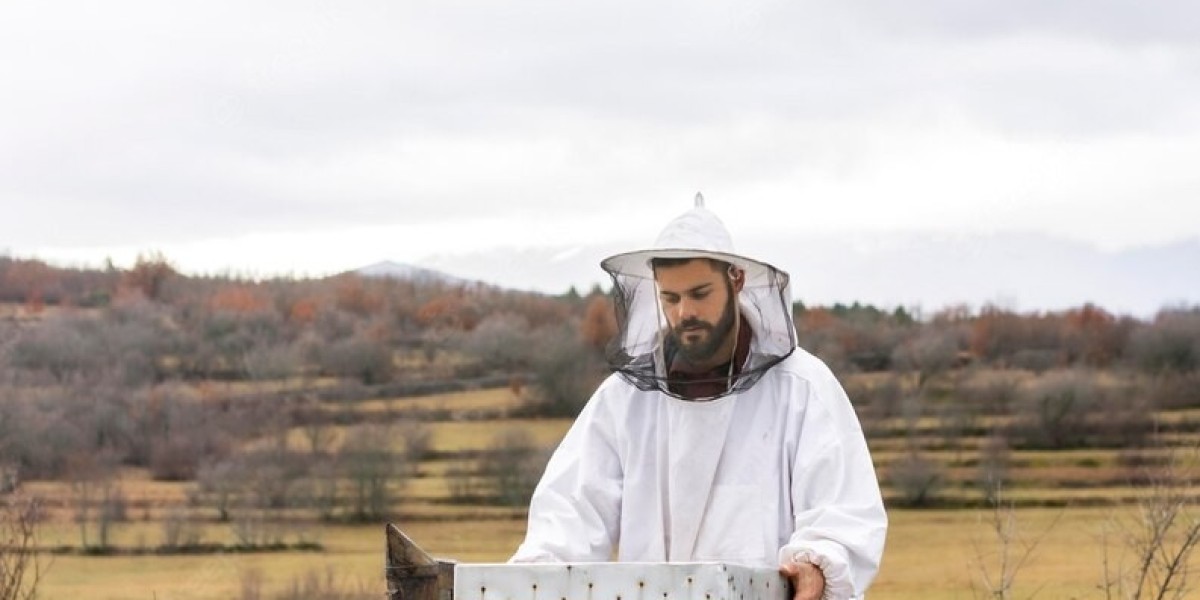Introduction
Beekeeping is a fascinating and rewarding hobby that has been practiced for centuries. It involves the care and management of honeybee colonies, which provide us with valuable products such as honey and beeswax. However, beekeeping also comes with certain risks, as bees can sting and cause harm. That's why beekeeping suits play a crucial role in ensuring the safety and comfort of beekeepers. In this article, we will explore the importance of beekeeping suits and why they are essential for every beekeeper.
Understanding Beekeeping Suits
What are Beekeeping Suits?
Beekeeping suits, also known as bee suits or apiarist suits, are protective garments specifically designed for beekeepers. They are made of a durable and lightweight fabric that provides a barrier between the beekeeper and the bees. Bee suits typically consist of three main components:
Veil or Hood: This is a mesh fabric that covers the head and face, allowing the beekeeper to see and breathe while keeping bees away from sensitive areas.
Jacket or Coveralls: The jacket or coveralls provide full-body protection, including the torso, arms, and legs. They are usually equipped with elastic cuffs and ankle zippers to prevent bees from entering the suit.
Gloves: Beekeeping gloves are an essential part of the beekeeping suit. They protect the hands and wrists from bee stings while allowing the beekeeper to maintain dexterity and handle the beehive with ease.
The Importance of Beekeeping Suits
Safety from Bee Stings
Bee stings can be painful and, in some cases, lead to severe allergic reactions. Beekeeping suits act as a physical barrier, preventing bees from directly coming into contact with the beekeeper's skin. The thick fabric of the suit provides excellent protection against stings, reducing the risk of beekeeper injuries and potential allergic reactions.
Protection from Beekeeping Hazards
Apart from stings, beekeeping involves various hazards that beekeepers should be aware of. Bee suits offer protection against other potential dangers, such as:
Bee Aggression: Bees can become agitated or defensive, especially during hive inspections or when they perceive a threat. Beekeeping suits create a sense of calm and security for both the beekeeper and the bees, minimizing the chances of aggressive bee behavior.
Bee Diseases: Beekeeping suits serve as a preventive measure against the transmission of bee diseases. By wearing a suit, beekeepers minimize the risk of transferring pathogens from one hive to another, protecting the overall health of their bee colonies.
Comfort and Confidence
Beekeeping suits not only offer protection but also provide comfort and confidence to beekeepers. The lightweight and breathable fabric used in modern suits allows air circulation, preventing overheating during hot weather. The suits are designed to fit well and provide freedom of movement, enabling beekeepers to work efficiently and comfortably without feeling restricted.
Conclusion
In conclusion, beekeeping suits are an essential investment for beekeepers of all levels of experience. They provide a crucial layer of protection against bee stings and other hazards, ensuring the safety and well-being of beekeepers. Additionally, bee suits offer comfort, confidence, and peace of mind, allowing beekeepers to focus on their work and enjoy the incredible world of beekeeping. So, if you're considering beekeeping or already immersed in this wonderful hobby, don't forget to wear your beekeeping suit and keep yourself safe and comfortable while tending to your bee colonies.








